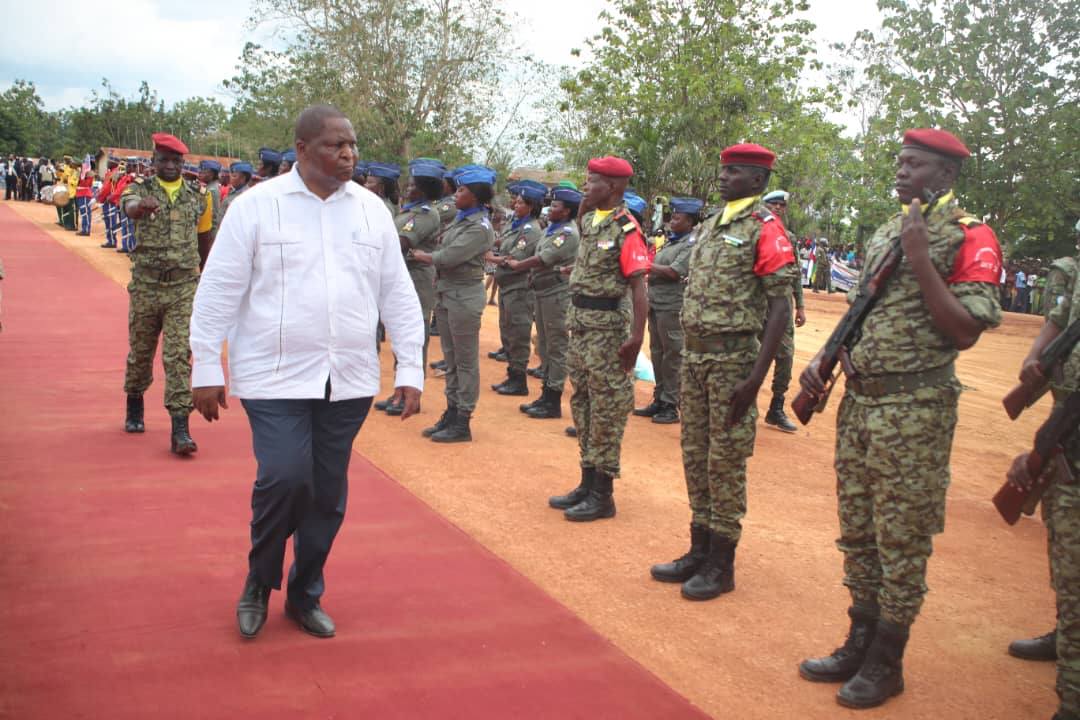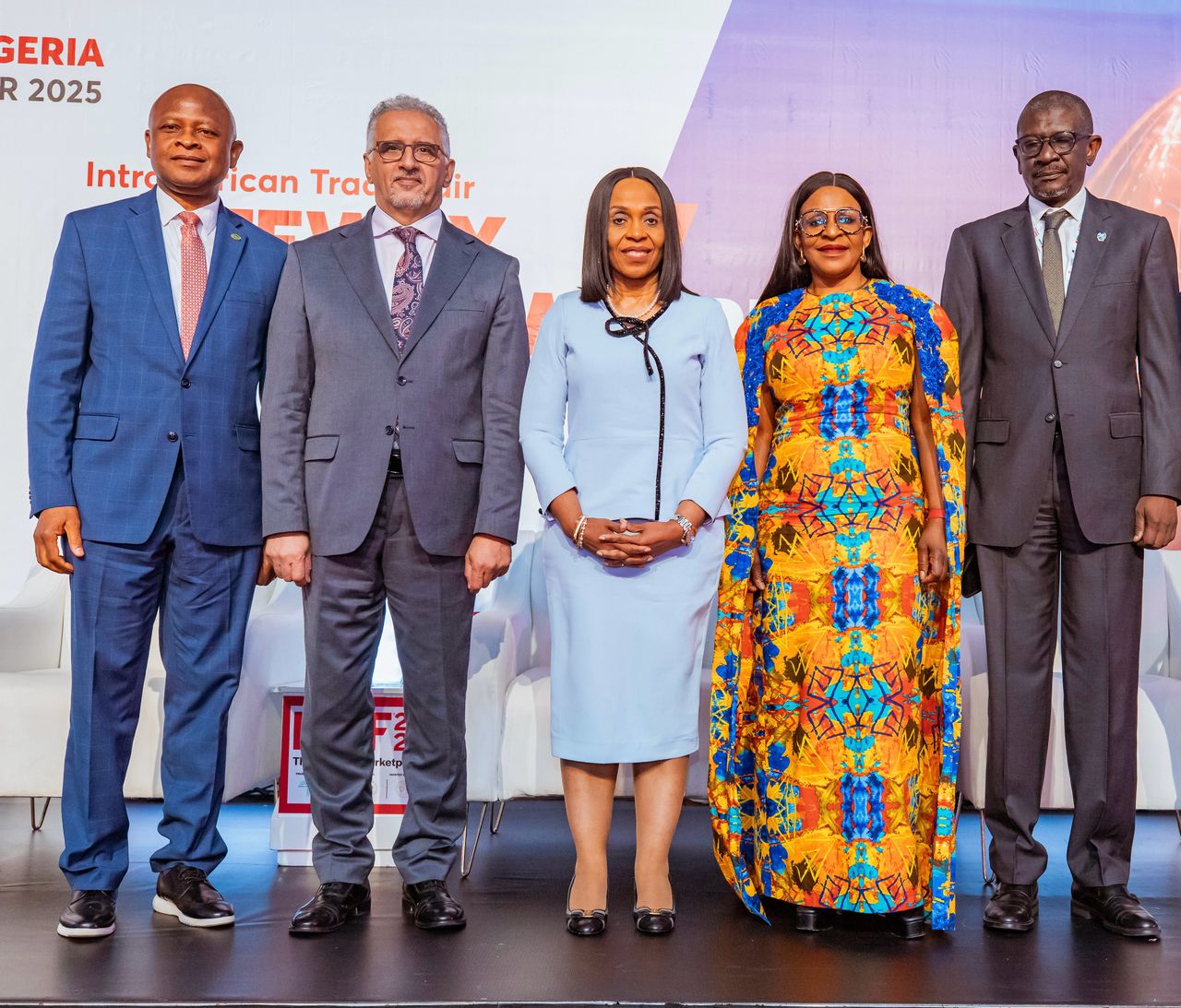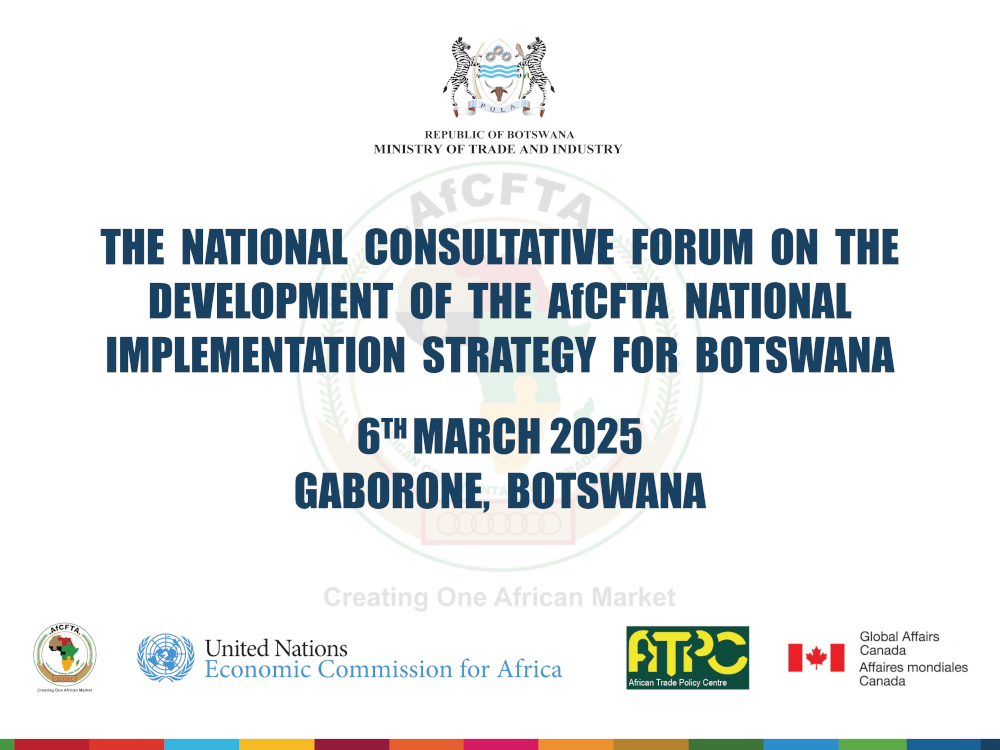The project, which aligns with the African Development Bank’s Country Strategy Paper for the Central African Republic, marks a major step forward for regional integration.
On April 18, 2025, in Mbaïki, Central African President Faustin-Archange Touadéra officially launched the construction of the 221-kilometer Gouga–Mbaïki–Bangui road, marking the first phase of the Pointe-Noire–Brazzaville–Bangui–N’Djamena road corridor project.
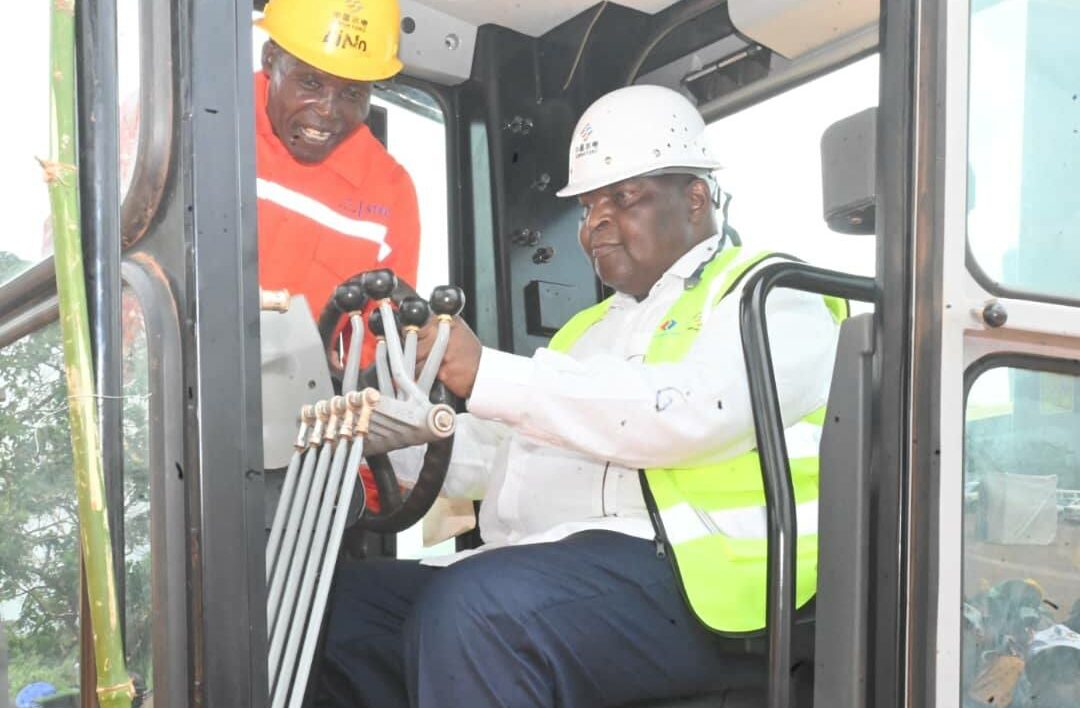
The ceremony was attended by several members of the Central African government, including Prime Minister Félix Moloua, Minister of Equipment and Public Works Éric Rokosse Kamot, National Assembly President Simplice Mathieu Sarandji, members of the diplomatic corps, and representatives of inter-African and international organizations. Among them was Mamady Souaré, Country Manager of the African Development Bank Group’s Central African Republic office.
The construction of the Gouga–Mbaïki–Bangui road, which leads to the capital, is part of the first phase of the Multimodal Transport Corridor Development Project (CD13), a $282 million initiative funded by the African Development Bank Group.
Corridor 13 (CD13) is an ambitious infrastructure project. Its first phase includes the development of 221 kilometers of road between Gouga and Bangui, the construction of urban roads in Mbaïki and Mongoumba, the rehabilitation of Avenue David Dacko in Bangui, and the construction of bridges over the Lobaye and Mpoko rivers. The project also features essential social infrastructure such as a cardiology center in Bangui. It further extends into the maritime sector with upgrades to navigation along the Brazzaville–Bangui waterway via the Congo and Ubangi rivers, enhanced river safety, and the construction of a modern port in Mongoumba. The initiative includes youth employment programs, women’s empowerment efforts, and strategies to optimize the transport sector.
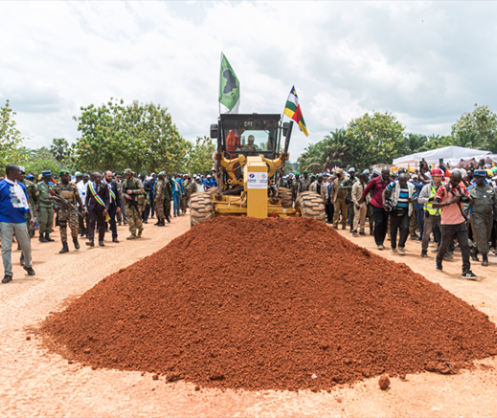
“Our country’s development must first and foremost go through the opening up of all its regions. This compels us to develop our entire road infrastructure network to stimulate the national economy,” said Éric Rokosse Kamot, Minister of Equipment and Public Works. “ Roads bring development—where roads go, development follows,” he added.
The CD13 project includes strong environmental and social components, with dedicated plans for vulnerable populations, awareness campaigns on community issues, and compensation measures for people affected by the construction across Congo, the Central African Republic, and Chad.
“This multimodal project was designed with an integrated and holistic approach,” said Mamady Souaré of the African Development Bank. “It aims not only to address infrastructure challenges, particularly in road and river transport, but also to strengthen the resilience of local populations, improve their living conditions, and reduce vulnerabilities—especially those related to climate change.”
The project aligns with the African Development Bank’s Country Strategy Paper for the Central African Republic and represents a major step toward regional integration. According to the project appraisal report, it will significantly reshape relations between the Central African Republic and the Republic of the Congo by boosting economic, trade, and people-to-people ties between the two neighboring countries. It is also aligned with the Central Africa Regional Integration Strategy Paper.
Residents of the Lobaye and Ombella-M’Poko prefectures, who are set to benefit from the project, turned out in large numbers to witness the launch ceremony.
The African Development Bank Group is a strategic partner of the Central African Republic. As of March 31, 2025, its active portfolio in the country included 19 projects with a total financial commitment of $579 million. The sectoral distribution of this portfolio is as follows: transport infrastructure (51%), water and sanitation (21%), agriculture (12%), and other sectors such as energy, social development, governance, and finance (16%).



